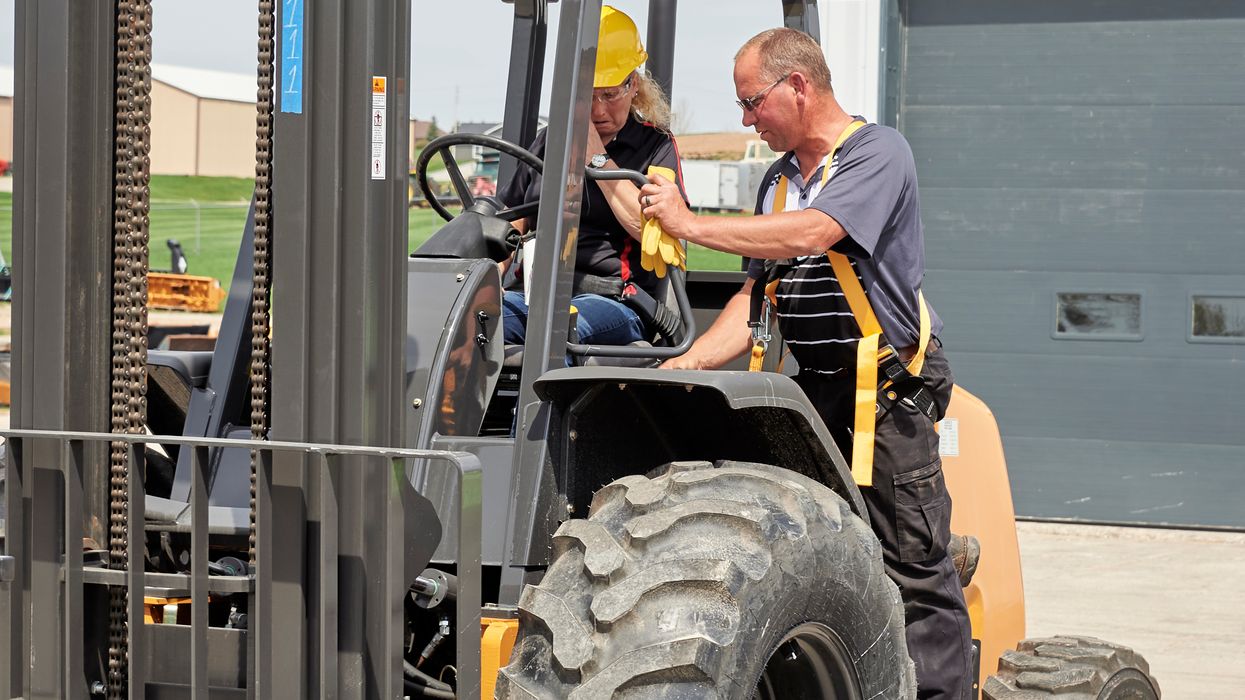Don't be a statistic! Ensure your PIT training is compliant
Did you know that the 2nd most cited standard in 2023 was 1910.178 - Powered Industrial Trucks (PITs)? During 1,764 inspections, OSHA identified a staggering 2,545 violations related to this standard. These violations amounted to approximately 9 million dollars in fines. Training was most often cited, so what can you do to ensure you are not a part of this statistic?
Evaluation frequency
To ensure that training is sufficient and effective, employers have three evaluation requirements. These include initial training, refresher training, and recurring training. Employers are responsible for ensuring these training sessions are completed, certified, and properly documented.
- Initial training must be completed before the employees can independently operate the forklift without direct trainer supervision or where operating would not endanger the trainer or any other employees.
- Performance evaluations must occur every 3 years. This requirement does not require all the initial training components, which is a recommended best practice, but at minimum an evaluation of their performance in safely operating the PIT.
- Refresher training is required when employees are observed operating the vehicle unsafely, involved in an accident, evaluated for unsafe operation, assigned to a different truck, or face workplace conditions affecting safe truck operation.
Competent training
OSHA has outlined the minimum required training information that employers must share with their employees to ensure competence. This includes a range of topics that are both truck-related and workplace-related including:
- Truck-related topics such as operating instructions, differences between trucks and automobiles, truck controls, engine operation, steering, visibility, fork and attachment adaptation, vehicle capacity, stability, inspection, maintenance, refueling, and operating limitations.
- Workplace-related topics such as surface conditions, load composition, load manipulation, pedestrian traffic, narrow aisles, hazardous locations, ramps, closed environments, and other unique or potentially hazardous environmental conditions that could affect the safe operation of the truck in the workplace.
Certify operators
OSHA requires employers to certify that each operator has been trained and evaluated. This certification should include the operator's name, training date, evaluation date, and the names of the individuals who conducted the training or evaluation.
It is best practice to keep these certification records as evidence of training for at least the most recent training cycle. This ensures compliance and allows for easy access to proof of training if requested.
Top cited areas for violations
In 2023, there were several areas where violations related to Pits were found. Interestingly, the majority of these violations were specifically related to the training component including:
- 29 CFR 1910.178(l)(4)(iii): An evaluation of each powered industrial truck operator's performance shall be conducted at least once every three years.
- 29 CFR 1910.178(l)(1)(i): The employer shall ensure that each powered industrial truck operator is competent to operate a powered industrial truck safely, as demonstrated by the successful completion of the training and evaluation.
- 29 CFR 1910.178(l)(6): The employer shall certify that each operator has been trained and evaluated.
Key to remember: To ensure compliance with OSHA regulations, training must be conducted at regular intervals, covering essential truck and workplace topics, and be properly documented, including certification records.


















































